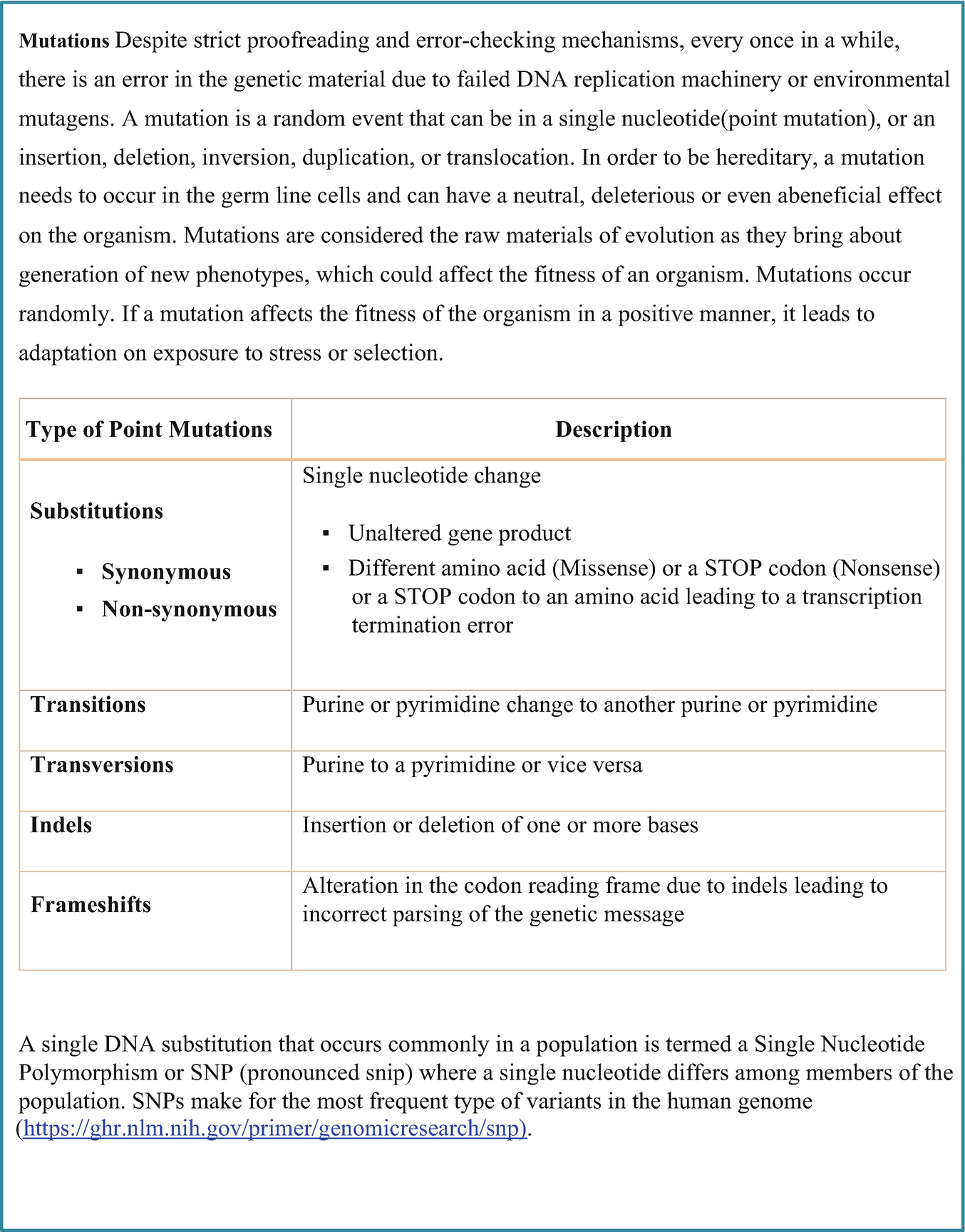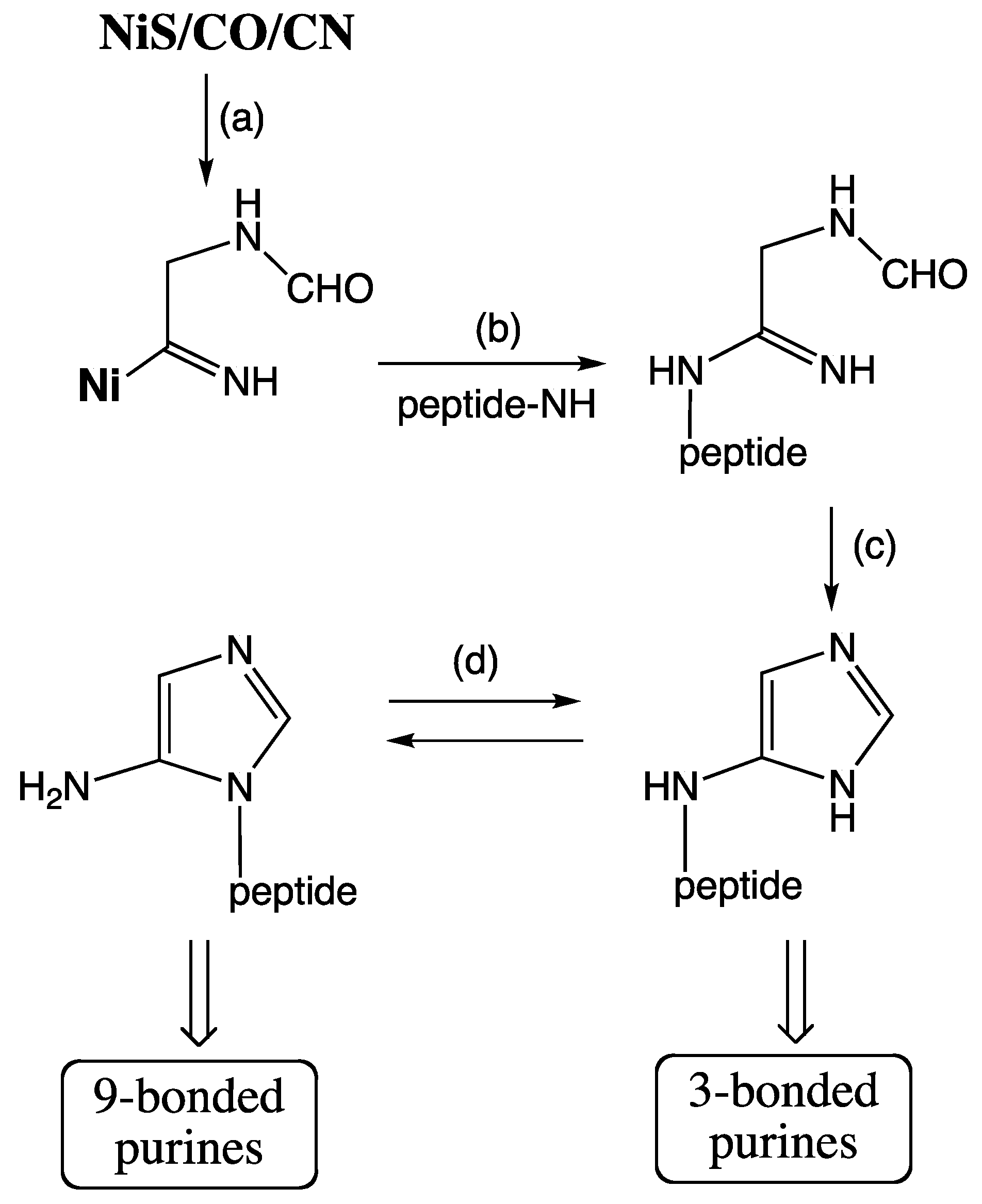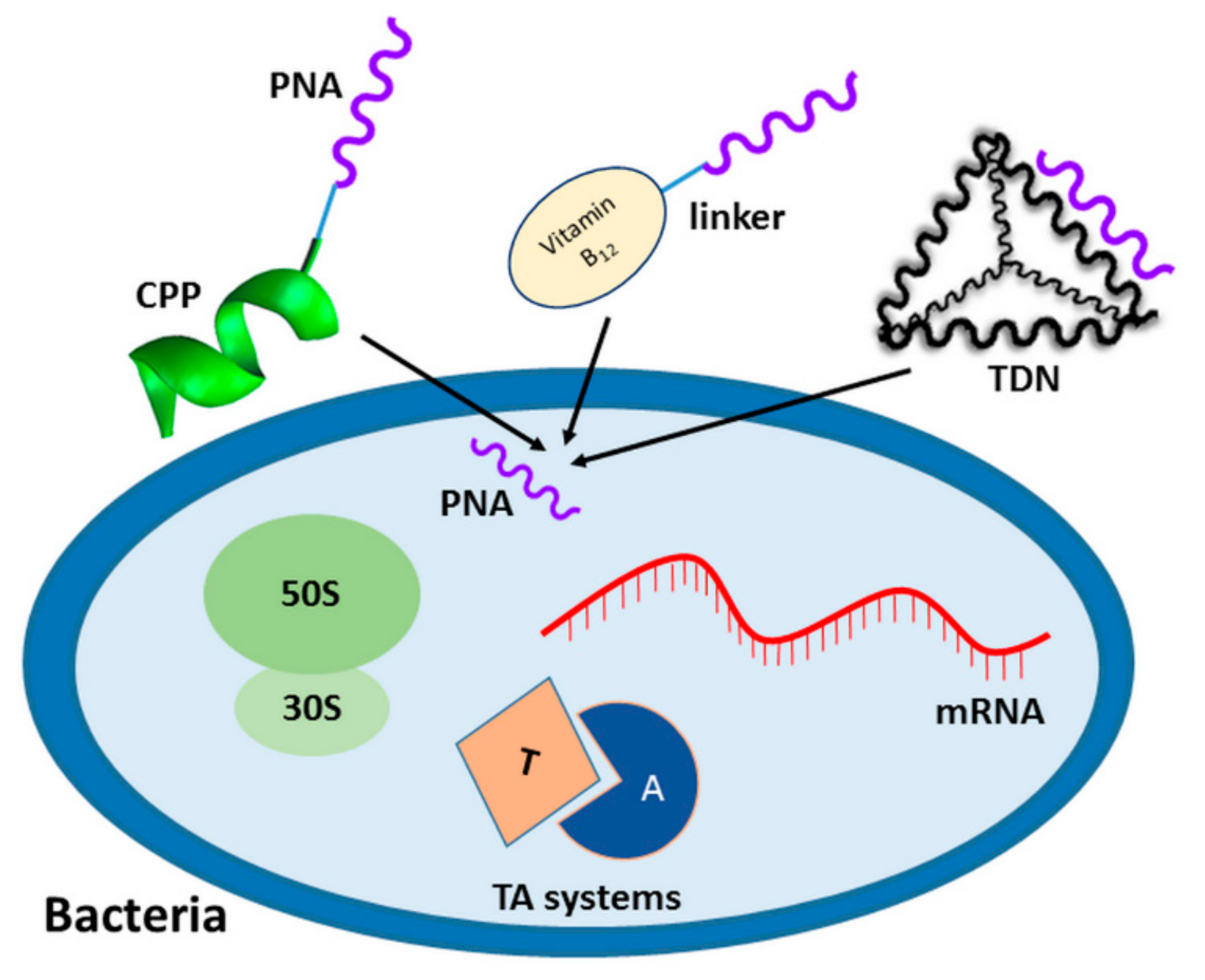

The values of a b c ( iv) are ascertained as follows: In order to establish the precise nature of this ratio we must devise some trigonometrical equations. The diameter of the helix ( HD) and the height of the helix extension ( HE) have a direct and constant proportional ratio to the pentagon length ( PL) and pentagon diameter ( PD). When translated into three-dimensional space, the pentagons become prisms with all lengths equal ( ii).Ī complete turn of the helix is formed by progressive rotation and extension of the ten regular prismatic pentagons ( iii).

These data enabled a simplified and systematic perspective projection of the structure, see Fig 1 (below). Moreover, the approximate dimensions of a complete turn of DNA’s helix are well known: the diameter of the helix is 20Å (angstroms), the base height is 3.4Å and thus the helix extension is 34Å. The structure of the salt of deoxyribose nucleic acid is undoubtedly a double helix, with ten bases to each turn and an individual rotation of 36 degrees. In this paper, I will demonstrate the mathematical basis for this re-reading of DNA and moreover the simplicity and purity it engenders, when applied to the molecular structure of the base-pairing.
IN DNA, A PURINE MUST ALWAYS PAIR WITH A PYRIMIDINE AND VICE VERSA IN ORDER TO ENSURE THAT SERIES
This realignment is founded entirely upon geometric principles and further investigation revealed a series of mathematical equations that describe a three-dimensional geometric helical space that conforms to the known ratios of DNA. Without compromising the essence of their structure, I propose a resolution of the geometrical inconsistencies by means of a simple change in the position of alignment between the purines and pyrimidines. Although some research has even gone so far as to question the very existence of the double helical structure itself, my proposal retains the double helix as its fundamental basis. However, I have since discovered that a growing minority do recognise flaws in Crick and Watsons conclusions, specifically in terms of its topology and thereby the ability of the structure to replicate itself. Since the article in nature was published, their proposal would appear to have been fully vindicated by almost all-available empirical evidence. Indeed my attempts to translate their theory from two into three dimensions ran into considerable topological problems. In the course of this work, discrepancies emerged, and it became clear to me that the Crick and Watson structure does not conform to geometric principles. In the manner of renaissance perspectival artists such as Uccello, I embarked on scale drawings of the helical structure using the standard textbook dimensions that derive from x-ray diffraction data. My interest stemmed from certain features of my work as an artist, specifically my inquiries into the nature and depiction of space.

In 1995 I began an investigation into the structure of DNA with the intention of producing a series of drawings and paintings of the double helix.

I would like to suggest a modification to the structure for the salt of deoxyribose nucleic acid (D.N.A.) that was proposed by Francis Crick and James Watson in April 1953.


 0 kommentar(er)
0 kommentar(er)
